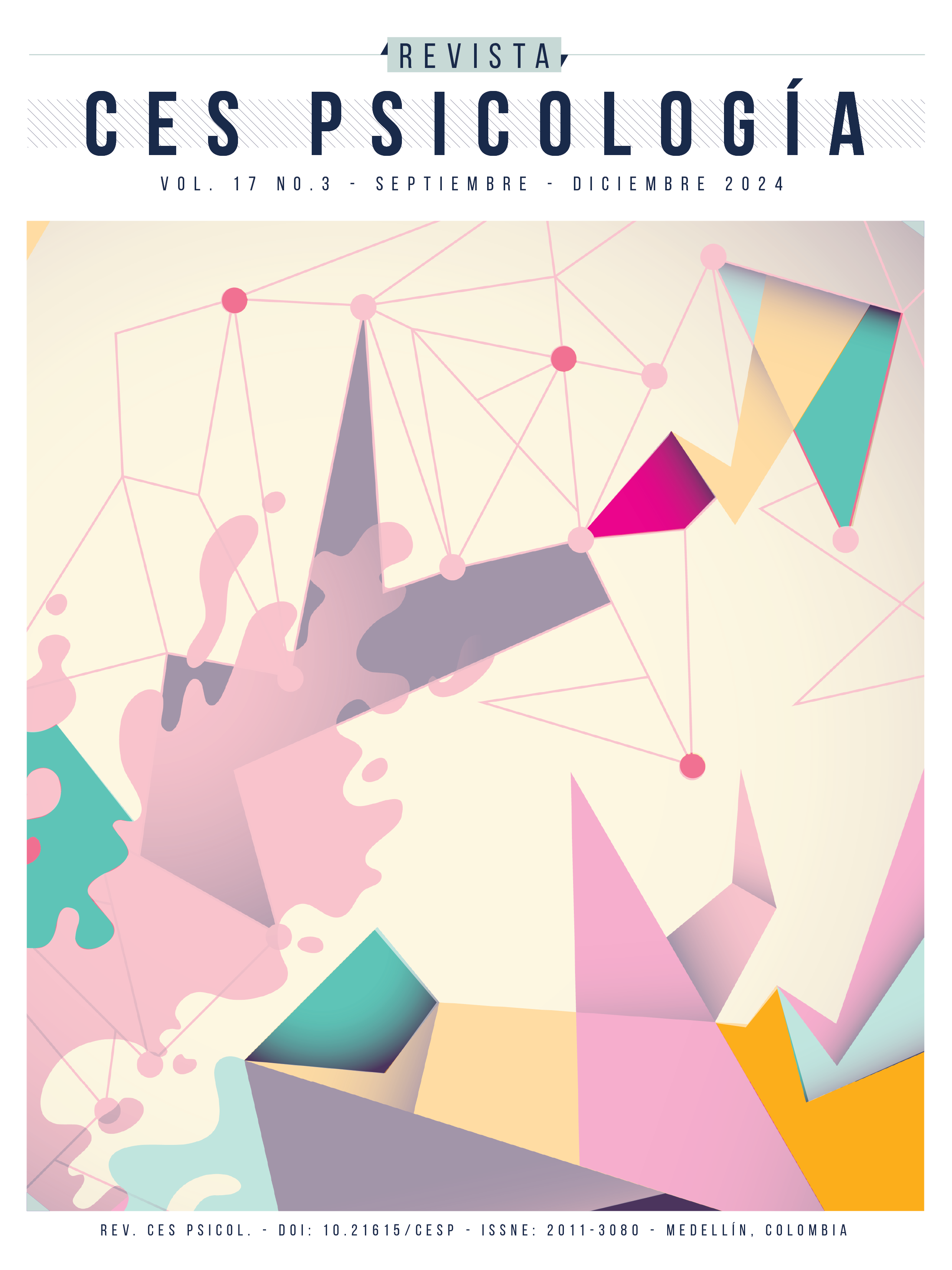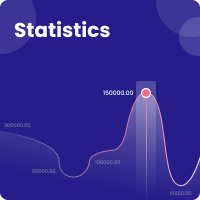Pygmalion Effect and academic motivation in Architecture students of a private university in Lima
DOI:
https://doi.org/10.21615/cesp.6993Keywords:
Pygmalion effect, academic motivation, university students, academic performanceAbstract
In the educational field, teachers' expectations of their students play an important role, given the tendency of individuals to carry out to a greater extent what is expected of them; This phenomenon is known as the Pygmalion effect. Associated or not with variables such as academic motivation, this phenomenon could influence the academic performance of students. Given the above, this research seeks to determine the relationship between the Pygmalion effect and academic motivation in university students. For this purpose, a non-experimental, correlational, descriptive and cross-sectional study was carried out, in which 216 architecture students from a private university in Lima, Peru participated. The Pygmalion Effect Test (TEPau) was developed and applied, which establishes a direct relationship between a higher score with a positive Pygmalion effect and a lower score with a negative Pygmalion effect. In addition, the Academic Motivation Scale (EMA) was applied. The results show a direct and significant correlation between the variables, which suggests that a positive Pygmalion effect is related to more motivated students.
Downloads
References
Aguilar, F. (2020). Del aprendizaje en escenarios presenciales al aprendizaje virtual en tiempos de pandemia. Estudios Pedagógicos, 3(156), 213-223. http://dx.doi.org/10.4067/S0718-07052020000300213
Álvarez, T., Riquelme, C., & Carrasco, S. (2016). ¿Cómo influyen las emociones y el lenguaje en las expectativas de los docentes frente a los y las estudiantes? [Tesis de grado, Universidad Academia de Humanismo Cristiano]. Repositorio UAHC. http://bibliotecadigital.academia.cl/xmlui/handle/123456789/3862
Bandera, D. (2017). Educación de calidad en un marco de justicia social: aportes de los agentes socializadores (maestros) en el contexto escolar. [Tesis de maestría, Universidad Pedagógica Nacional]. Repositorio Institucional Universidad Pedagógica Nacional. http://hdl.handle.net/20.500.12209/9591
Barreto, M. (2020). Cambios en la enseñanza virtual a partir de la pandemia (COVID-19). Quest Journals, 12(8), 33-42. https://www.questjournals.org/jrhss/papers/vol8-issue12/2/E0812023342.pdf
Becker, D. (2013). The impact of teachers’ expectations on students’ educational opportunities in the life course: an empirical test of a subjective expected utility explanation. Rationality and Society, 25(4), 422-469. https://doi.org/10.1177/1043463113504448
Boser, U., Wilhelm, M., & Hanna, R. (2014). The power of the Pygmalion effect. Teachers’ expectations strongly predict college completion. Center for American Progress. https://files.eric.ed.gov/fulltext/ED564606.pdf
Bostan, C., Stanciu, T., & Andronic, R. (2021). The moderation role of being valued by teachers over the association between school children motivation and need for competition. SAGE, 11(3), 1-9. https://doi.org/10.1177/21582440211044179
Cabrera, S., González, M., Sánchez, T., & Loaiza, K. (2019). Influencia de las expectativas del docente sobre el desempeño académico de sus estudiantes: caso de Carchi, Ecuador. Revista Espacios, 40(31), 13-20. http://www.revistaespacios.com/a19v40n31/a19v40n31p13.pdf
Castillo, R. (2014). El efecto Pigmalión. ¿Hasta qué punto determina nuestro futuro la visión que los demás tienen de nosotros? [Tesis de grado, Universidad Pontificia Comillas]. Repositorio Comillas. https://repositorio.comillas.edu/xmlui/handle/11531/272
Chambi, M. (2018). Motivación Académica y Rendimiento Académico en los estudiantes de la escuela profesional de ingeniería ambiental en la Universidad Peruana Unión filial Tarapoto. [Tesis de maestría, Universidad Peruana Unión]. Repositorio UPeU. https://repositorio.upeu.edu.pe/handle/20.500.12840/914
Deci, E., & Ryan, R. (2002). The paradox of achievement: the harder you push, the worse it gets. En J. Aronson (ed.), Improving academic achievement: contributions of social psychology (pp. 59-85). Academic Press.
Gutiérrez, A., & Rafael, E. (2010). El efecto Pigmalión en la actividad docente y administrativa. Revista de la Facultad de Ciencias Contables. Universidad Nacional Mayor de San Marcos, 17(33), 173-181. http://revistasinvestigacion.unmsm.edu.pe/index.php/quipu/article/view/4688/3770
Hernández-Sampieri, R., Fernández, C. y Baptista, P. (2014). Metodología de la investigación: 6ta ed. Mc Graw Hill Education. D. F., México. http://www.esup.edu.pe/wp-content/uploads/2020/12/2.%20Hernandez,%20Fernandez%20y%20Baptista-Metodolog%C3%ADa%20Investigacion%20Cientifica%206ta%20ed.pdf
Laje, C., Gualpa, L., & Zapata, C. (2021). Analfabetismo digital docente en el proceso de enseñanza-aprendizaje de la Unidad Educativa San Carlos. Maestro y Sociedad, 19(1), 334-347. https://maestroysociedad.uo.edu.cu/index.php/MyS/article/view/5502
Martí, Y., Montero, B., & Sánchez, K. (2018). La función social de la educación: referentes teóricos actuales. Revista Conrado, 14(63), 259-267. https://conrado.ucf.edu.cu/index.php/conrado/article/view/761
Moreno, E. (2017). El efecto Pigmalión y el rendimiento laboral en los docentes en la institución educativa Santa Mónica del Pro del distrito de los Olivos. [Tesis de maestría, Universidad Nacional de Educación Enrique Guzmán y Valle].
Niari, M., Manousou, E., & Lionarakis, A. (2016). The Pygmalion effect in distance learning: a case study at the Hellenic open university. European Journal of Open, Distance and e-Learning, 19(1). https://doi.org/10.1515/eurodl-2016-0003
Rosenthal, R., & Jacobson L. (1968). Pygmalion in the classroom. Holt, Rinehart & Winston.
Santana, E., Putwain, D., Núñez, J., Loro, J., & León, J. (2021). Do teachers´ engaging messages predict motivation to learn and performance? Revista de Psicodidáctica, 27(2022), 86-95. https://doi.org/10.1016/j.psicoe.2021.11.001
Simkin, H., & Becerra, G. (2013). El proceso de socialización. Apuntes para su exploración en el campo psicosocial. Ciencia, Docencia y Tecnología, 14(47), 119-142. http://www.scielo.org.ar/scielo.php?script=sci_arttext&pid=S1851-17162013000200005
Solís, P., & Borja, V. (2017). El efecto Pigmalión en la práctica docente. Publicaciones Didácticas, 83(2017), 193-195. https://publicacionesdidacticas.com/hemeroteca/articulo/083029
Szumski, G., & Karwowski, M. (2019). Exploring the Pygmalion effect: the role of teacher expectations, academic self-concept, and class context in students´ math achievement. Contemporary Educational Psychology, 59(2019). https://doi.org/10.1016/j.cedpsych.2019.101787
Usán, P., & Salavera, C. (2018). Motivación escolar, inteligencia emocional y rendimiento académico en estudiantes de educación secundaria obligatoria. Actualidades en Psicología, 32(125), 95-112. https://doi.org/10.15517/ap.v32i125.32123
Vallerand, R., Pelletier, L., Blais, M., Brière, N., Senecal, C., & Vallieres, E. (1993). On the assessment of intrinsic, extrinsic, and amotivation in education: evidence on the concurrent and construct validity of the Academic Motivation Scale. Educational and Psychological Measurement, 53(1), 159–172. https://doi.org/10.1177/0013164493053001018
Downloads
Published
How to Cite
Issue
Section
License
Copyright (c) 2024 Julio Vizarreta Donayre

This work is licensed under a Creative Commons Attribution-NonCommercial-ShareAlike 4.0 International License.
Each manuscript is accompanied by a statement specifyingThat the materials are unpublished, that have not been previously published in printed formatElectronic and that they will not be presented to any other means before knowing the decision of the magazine. ThroughoutIn case, any previous publication, sea in printed or electronic form, must be made known to the editorial staffWriting The authors attach a signed statement stating that, and the manuscript is acceptedFor publication, the rights of reproduction are the exclusive property of the Journal CES Psychology.


